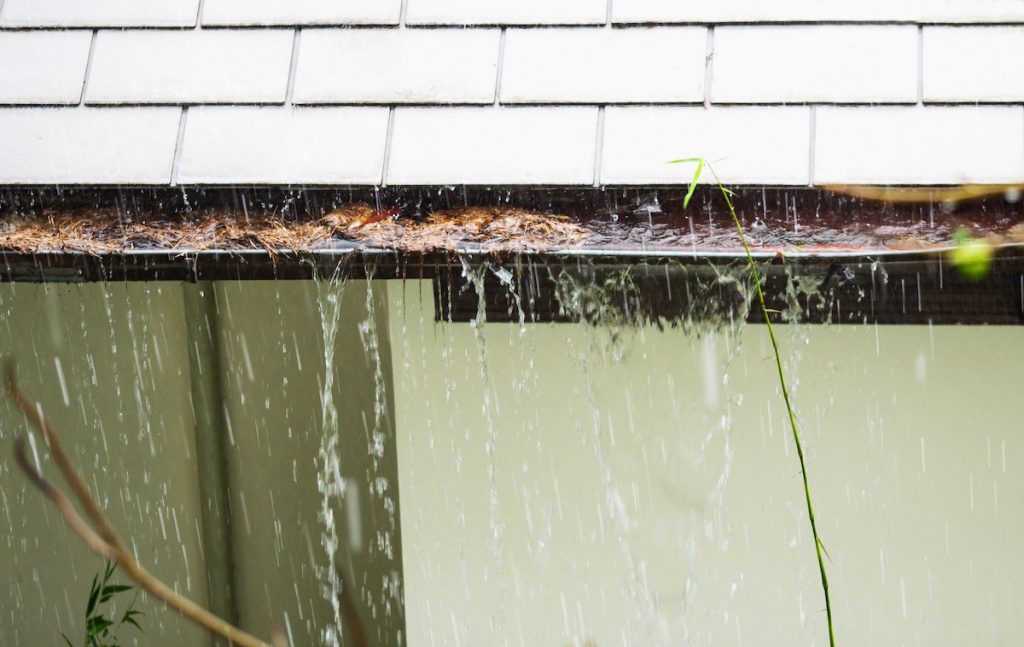We've stumbled upon this post about How to detect water leaks in your home directly below on the web and accepted it made perfect sense to share it with you on my blog.

Leakages not only create waste of water however can also trigger unneeded damage to your home as well as promote undesirable organic development. By understanding and also looking for day-to-day circumstances that create leaks, you can shield your home from future leakages and unneeded damage.
Elbowing in origins
Many water leakages start outside your house rather than inside it. If you see a sudden decrease in water pressure, state in your tap, take some time to head out as well as analyze your yard. You could discover damp patches or sinkholes in your lawn, which may indicate that tree roots are invading water lines triggering water to permeate out. You can have your plumber check for breach, especially if you have trees or hedges near your residential property.
Corroded water supply
As time goes by, your plumbing system ages and rust such as corrosion might start gnawing the pipelines. This might be the root cause of staining or bending on your water pipes. This requires an inspection with your plumber right away. If our plumbing system is old, consider replacing the pipes because they go to a higher risk of rust than the newer designs.
Faulty Pipe Joints
The point at which your pipes link is often the weakest web link in the waterline. Pipeline joints can degrade with time, causing water leakages. However, most of pipeline joints are not easily noticeable. If you have loud pipes that make ticking or banging noises, specifically when the warm water is activated, your pipeline joints are most likely under a lot of pressure. It is advisable to have your plumber check your system yearly.
Immediate temperature level adjustments.
Severe temperature adjustments in our pipelines can trigger them to expand and also acquire suddenly. This expansion and also tightening may cause cracks in the pipelines, specifically if the temperature are below freezing. If you maintained an eye on just how your plumbing functions, it would be best. The visibility of the formerly pointed out scenarios often suggests a high risk.
Poor Water Connectors
At times, a leakage can be caused by loosened tubes as well as pipelines that provide your appliances. Usually, moving is what triggers the loose water Connections. You could locate when it comes to a washing maker, a hose pipe might spring a leak as a result of shaking throughout the spin cycle. In case of a water links leak, you may observe water running directly from the supply line or pools around your appliances.
Obstructed Drains
Clogged drains pipes could be annoying as well as inconveniencing, but they can occasionally end up creating an overflow resulting in break pipelines. Maintain removing any kind of materials that may decrease your drains pipes that can block them to prevent such inconveniences.
All the above are reasons for leaks however not all water leaks arise from plumbing leaks; some leakages may originate from roof covering leakages. All leakages should be fixed promptly to stay clear of water damage.
Leaks not just cause waste of water however can additionally create unnecessary damage to your house as well as advertise unwanted natural development. By looking as well as recognizing for everyday situations that trigger leaks, you can protect your house from future leaks as well as unneeded damages. Today, we will look at six leak triggers that might be creating your pipelines to trickle.
At times, a leak can be created by loosened hoses and pipes that supply your appliances. In case of a water connections leak, you may discover water running directly from the supply line or puddles around your devices.
How To Check For Water Leak In Your Home
How To Check for Leaks
The average household's leaks can account for nearly 10,000 gallons of water wasted every year and ten percent of homes have leaks that waste 90 gallons or more per day. Common types of leaks found in the home are worn toilet flappers, dripping faucets, and other leaking valves. These types of leaks are often easy to fix, requiring only a few tools and hardware that can pay for themselves in water savings. Fixing easily corrected household water leaks can save homeowners about 10 percent on their water bills.
To check for leaks in your home, you first need to determine whether you're wasting water and then identify the source of the leak. Here are some tips for finding leaks:
Take a look at your water usage during a colder month, such as January or February. If a family of four exceeds 12,000 gallons per month, there are serious leaks.
Check your water meter before and after a two-hour period when no water is being used. If the meter changes at all, you probably have a leak.
Identify toilet leaks by placing a drop of food coloring in the toilet tank. If any color shows up in the bowl after 10 minutes, you have a leak. (Be sure to flush immediately after the experiment to avoid staining the tank.)
Examine faucet gaskets and pipe fittings for any water on the outside of the pipe to check for surface leaks.
Undetected water leaks can happen without the home or business owner even realizing. If you suspect a water leak, but not able to find the source. It is time to contact a professional water leak detection service, The Leak Doctor.
How To Find a Water Leak In Your Home
https://www.leakdoctor.com/blog/How-To-Check-For-Water-Leak-In-Your-Home_AE197.html

I ran across that post about Top Causes of Home Water Leaks while doing a search on the internet. Sharing is caring. You just don't know, you may just be helping someone out. I praise you for your time. Visit again soon.
Book With Us Today!